It neither “exonerates” nor “debunks.”
It specifically states that it is not the final word on Benghazi.
Yet national press outlets claimed all of the above about the House Intelligence Committee report on Benghazi released on Nov. 21.
>>> This is a Daily Signal news analysis. See more of Sharyl Attkisson’s reporting.
The Washington Post stated that “the panel’s findings were broadly consistent with the Obama administration’s version of events,” though many of the administration’s versions of events have been discredited or proven incorrect.
USA Today portrayed the report as a sweeping effort that “cleared the Obama administration of any wrongdoing” and the Associated Press claimed the report concluded “there was no wrongdoing by Obama administration officials,” though it didn’t examine most aspects of the administration’s actions regarding Benghazi. For example, the committee did not attempt to dissect White House actions or decision-making. And it did not generally “assess State Department or Defense Department activities” (page 4).
What the House Intelligence Committee did do was focus on a narrow slice of Benghazi: the intelligence community. As such, the report largely defends the CIA.
>>> Benghazi Bombshell: Clinton State Department Official Reveals Details of Alleged Document Review
It is nothing more or less than another in a series of compartmentalized investigations into the Benghazi debacle.
The House Armed Services Committee focused on actions of the Pentagon, largely serving to defend military interests. The Accountability Review Board focused on actions of the State Department, though it chose not to interview some key players, such as then-Secretary of State Hillary Clinton.
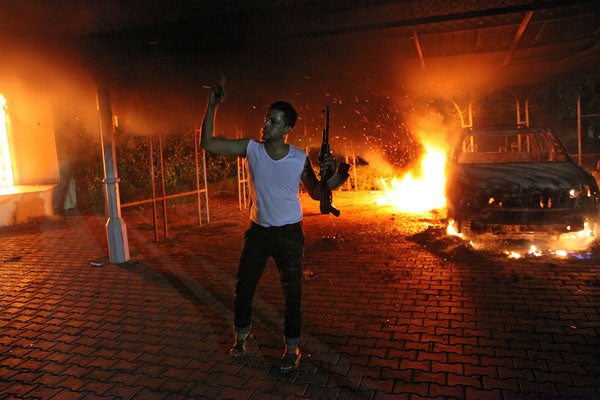
An armed man waves his rifle as buildings and cars are engulfed in flames after being set on fire inside the U.S. consulate compound in Benghazi late on Sept. 11, 2012. (Photo: Getty Images/Newscom)
Each investigation occurred over a different time period amid two years of evolving accounts by Obama administration officials as new information filled in blanks or contradicted previous official accounts. In some instances, investigations produced findings that contradicted one another or documentary evidence.
And no single investigation on Benghazi to date has heard from all relevant witnesses or had full access to complete information.
So why did some in the news media adopt the spin of Democrats such as Intelligence Committee Rep. Adam Schiff, who claimed the report “completely vindicated” the White House?
Some media even used the charged language of the Obama administration, disparaging those investigating the many contradictions and unanswered questions as “conspiracy theorists.”
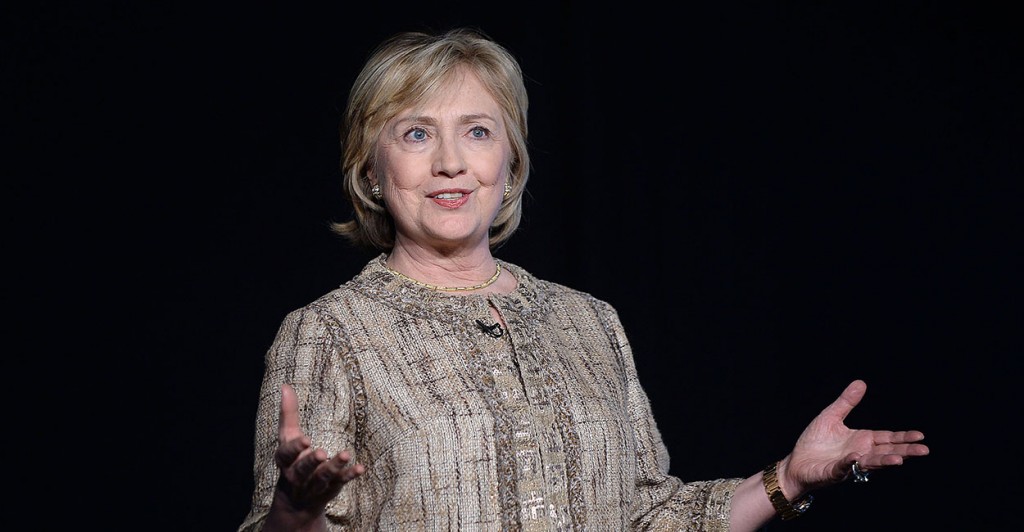
The Accountability Review Board focused on actions of the State Department, though it chose not to interview some key players, such as then-Secretary of State Hillary Clinton.(Photo: Olivier Douliery/Newscom)
The Huffington Post claimed the Intelligence Committee report “torched conspiracy theories.” AP and USA Today claimed it “debunked a series of persistent allegations hinting at dark conspiracies.” Slate likewise stated that the committee had “debunked Benghazi conspiracies.”
The articles advance limited and sometimes inaccurate representations of the committee report. They fail to acknowledge the countless documented instances in which the Obama administration provided false or conflicting information about Benghazi and hid information entirely from public view.
Contradictions
At times, the committee report—as it defends the intelligence community’s performance during Benghazi—flies in the face of evidence. It relies heavily on witnesses who have previously given inaccurate information or testimony: then-CIA Deputy Director Mike Morell and Director of National Intelligence James Clapper.
1) The committee concluded, “the CIA ensured sufficient security for CIA facilities in Benghazi.” Yet security was insufficient to prevent terrorists from overrunning the CIA Annex, killing two of the four Americans who lost their lives on Sept. 11, 2012.
2) The committee found “no evidence” of a “stand down order.” But that is at direct odds with testimony from some eyewitnesses. Three security operators stated they were given a “stand down” order in the immediate aftermath of the attacks.
3) The committee appeared to focus on technical utterance of the words “stand down” and “order” rather than the spirit of the allegation: that willing responders were delayed or prevented from providing urgent help. For example, the committee acknowledged that CIA Annex team members “wanted urgently to depart the Annex” to “save their State Department colleagues” but that the chief of base in Benghazi “ordered the team to wait” to assess the situation (page 21). Also, the committee didn’t address the case of the Foreign Emergency Support Team in the United States, which began “packing its bags” to respond to Benghazi, only to have the State Department block its deployment.
4) The committee found “no evidence” of “denial of available air support” and stated that, “the CIA received all military support that was available” (page 24). But testimony provided earlier to the House Armed Services Committee acknowledged that the military could have launched an F-16 fighter jet and decided against it.
“The mentality of everybody was, [launching an F-16] doesn’t make sense. … Now, in hindsight, 20/20, we know that there was another attack at 5:15 in the morning,” U.S. Africa Command General Carter Ham previously testified.
In addition, the president’s principle military adviser, Maj. Gen. Darryl Roberson, previously acknowledged in testimony to another congressional committee that military aircraft could have buzzed the hostile Benghazi crowd to try to scatter it.
“So there is a potential you could have flown a show of force and made everyone aware that there was a fighter airborne,” Roberson conceded to the House Armed Services Committee.
Further, there were U.S. military assets in Djibouti that remained untapped. A former U.S. ambassador to East Africa stated, “The [Benghazi] compound was under siege for almost nine hours. The distance of 1,900 miles is within the range of the ‘combat ready’ F-15s, AC-130s and special forces.”
5) The committee found “no evidence of an intelligence failure.” Yet there was obviously an intelligence failure, since terrorists bearing heavy arms and rocket-propelled grenades planned and successfully executed multiple attacks on the Benghazi compound and Annex.
Another intelligence failure documented by the committee is the flawed analysis by a Washington, D.C.-based CIA officer who reportedly convinced Morell to advance the YouTube video narrative even though the CIA station chief on the ground in Libya had said that was not the case.
6) The committee accepted Morell’s claim that the talking points were not on the agenda of a Sept. 15, 2012, White House Deputies Committee meeting prior to U.S. Ambassador Susan Rice’s advancing the incorrect spontaneous protest narrative on Sunday TV talk shows (page 29). However, internal emails show that Obama Deputy National Security Adviser Ben Rhodes specifically convened the meeting to discuss various agencies’ disputes about the talking points.

Michael Morell, acting director of the CIA, arrives at a closed briefing Tuesday, Nov. 13, 2012, in Washington, D.C, concerning the attacks on the U.S. consulate in Benghazi. (Photo: Olivier Douliery/Newscom)
7) The committee accepted Morell’s testimony that changes to the talking points were “in no way due to White House political influence” and were just “a reflection of how little we knew at the time” (page 30). However, documents show the State Department had voluminous information about terrorist links and had already notified Libya, in no uncertain terms, that Ansar al-Sharia was responsible for the attacks.
Inconsistencies
Though the Washington Post claimed the committee’s findings were “broadly consistent with the Obama administration’s version of events,” they differed in many substantive respects.
1) The Obama administration initially claimed no security requests were denied. But the committee confirmed the State Department repeatedly denied security requests (page 16).
2) The Obama administration initially claimed there was “a robust American security presence inside the compound, including a strong component of regional security officers.” But the committee found there was a handful of State Department diplomatic security agents who were apparently unarmed when attacked.
3) The Obama administration repeatedly blamed the attacks on a mob motivated by a YouTube video and initially claimed there was no meaningful evidence of terrorist involvement. But the committee stated that all of the Obama administration officials interviewed “knew from the moment the attacks began that the attacks were deliberate terrorist attacks against U.S. interests. No witness has reported believing at any point that the attacks were anything but terrorist acts” (page 25).
4) The Obama administration initially claimed, in March 2013, that government press officials made no changes to the Benghazi talking points. But the committee found that CIA public affairs officials made three critical changes to the talking points (page 30).
5) Morell initially claimed he had no idea who changed the Benghazi talking points. But the committee confirmed that Morell was directly involved in making and overseeing key talking points changes to remove mention of terrorism and al Qaeda.
6) The Obama administration initially claimed the attacks were an outgrowth of protests. But the committee found “there was no protest” (page 2).
“Exoneration”?
Although USA Today claimed the committee “cleared the Obama administration of any wrongdoing,” the actual report makes numerous references to administration officials doing things wrong.
1) The committee confirmed that the Obama administration’s public narrative blaming the attacks on a YouTube video was “not fully accurate.”
2) The committee stated that the process to develop the inaccurate talking points was “flawed” and “mistakes were made.”
3) The committee found that Morell wrongfully relied on his incorrect analyst in Washington, D.C., instead of his correct chief of station in Libya, who explicitly stated the attacks were “not spurred by local protests” (page 27).
Furthermore, the “Additional Views” appendix to the committee report, submitted by Chairman Mike Rogers, R-Mich., and three other Republicans, found the following:
4) Morell “operated beyond his role as CIA deputy director and inserted himself into a policy-making and public-affairs role” when he removed references to terrorism from the talking points (Appendix 1, page 7).
5) Morell provided testimony that was “at times inconsistent and incomplete” (Appendix 1, page 7).
6) The Obama administration failed to exert “sufficient effort to bring the Benghazi attackers to justice” (Appendix 1, page 8).
7) The Obama administration’s response to the attacks was marred by “inadequate interagency coordination” and “devoted inadequate resources to this effort and lacked a sense of urgency” (Appendix 1, page 8).
8) Senior State Department officials, including then-Secretary Clinton, placed U.S. personnel “at unnecessary risk” by dismissing “repeated threat warnings” and denying requests for additional security (page 2).
9) Senior U.S. officials perpetuated the “YouTube” narrative that “matched the administration’s misguided view that the United States was nearing a victory” over al-Qaeda.
10) The administration’s “failed policies continue to undermine the national security interests” of the United States.
11) There was a “failure of senior U.S. officials to provide for the defense of U.S. interests against a known and growing terrorist threat.”
12) The State Department “failed to provide sufficient security for its facility in Benghazi” (page 3).
13) The Obama administration perpetuated a “false view of the terrorist threat” that “did not comport with the facts” (page 4).
Missing the Mark
Even as some news reports stated that Republicans had in essence “exonerated” the Obama administration on all counts, Chairman Rogers attempted to correct the mischaracterizations.
In an op-ed published Dec. 10, Rogers stated, “Some have said the report exonerates the State Department and White House. It does not.”
He went on to state that his committee looked only at narrow questions as they pertain to the intelligence community. For that reason, he said, the committee did not interview key eyewitnesses from the Department of Defense and the State Department.
>>> Former State Dept. Official: Details of Maxwell’s Benghazi Document Story ‘Ring True’
It remains unclear how so much news reporting could miss the mark as far as it did.
One news article claimed the Intelligence Committee report concluded Rice innocently relied on bad intelligence on Sept. 16 when she advanced the spontaneous protest. Yet the actual report clearly states that the committee has no idea what the White House communicated to Rice before she presented the talking points.
A news article unequivocally stated that “it was intelligence analysts, not political appointees, who made the wrong call” on the nature of the attacks. Yet the report is clear that it did not examine the role of political appointees or figures in the White House, State Department or Defense Department.
Eight Investigations
In reporting on the House Intelligence Committee’s Benghazi report, numerous news outlets headlined that there have been seven investigations on Benghazi and that an eighth is underway—the House Select Committee on Benghazi.
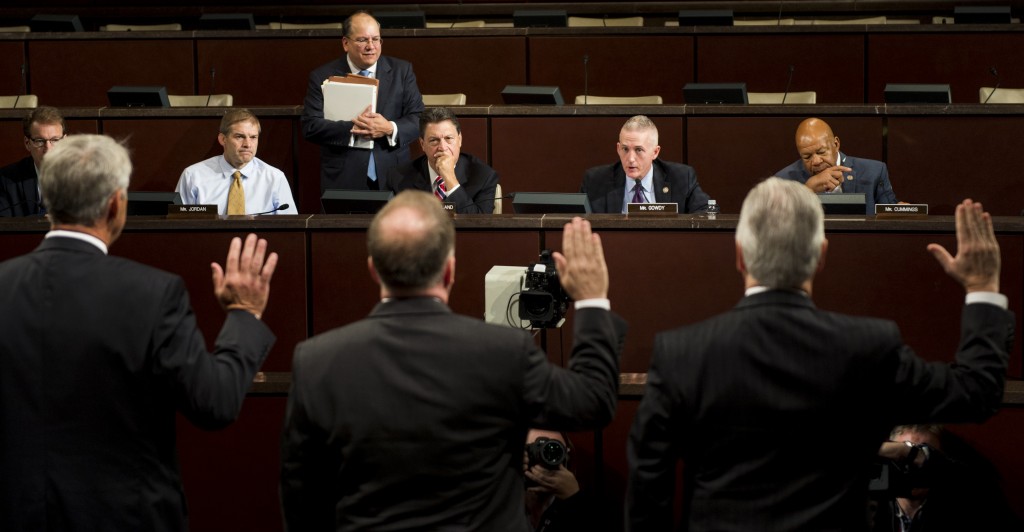
Rep. Trey Gowdy, R-S.C. (second from right), chairs the first public hearing of the House Select Committee on Benghazi. (Photo: Bill Clark/CQ Roll Call)
The implication is that Benghazi has been more than thoroughly examined and those who support continued inquiry are beating a dead horse.
>>> VIDEO: Account of Clinton Aide’s Benghazi Document Sifting Familiar to Career Public Servant
Indeed, eight investigations might be overkill if each had been comprehensive and duplicative, and had turned up no new information. But each has uncovered new facts or different versions of facts as Obama administration accounts have continue to evolve.
The necessity of further investigation isn’t a function of how many probes have been held, but of their depth and quality as well as the contradictions unearthed and the quantity of outstanding questions. In those respects, one easily could argue there haven’t yet been enough investigations into Benghazi.



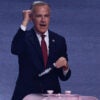


























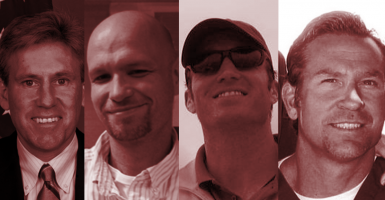
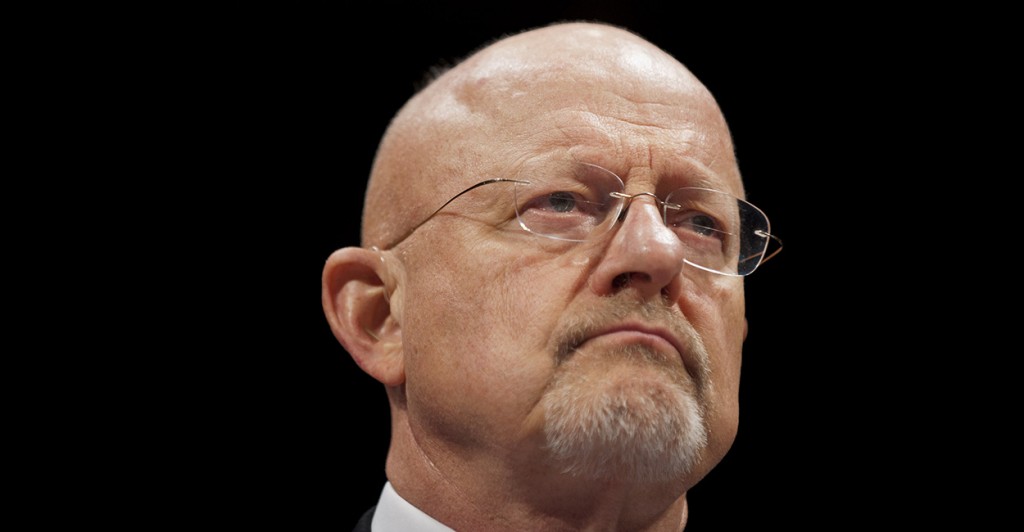
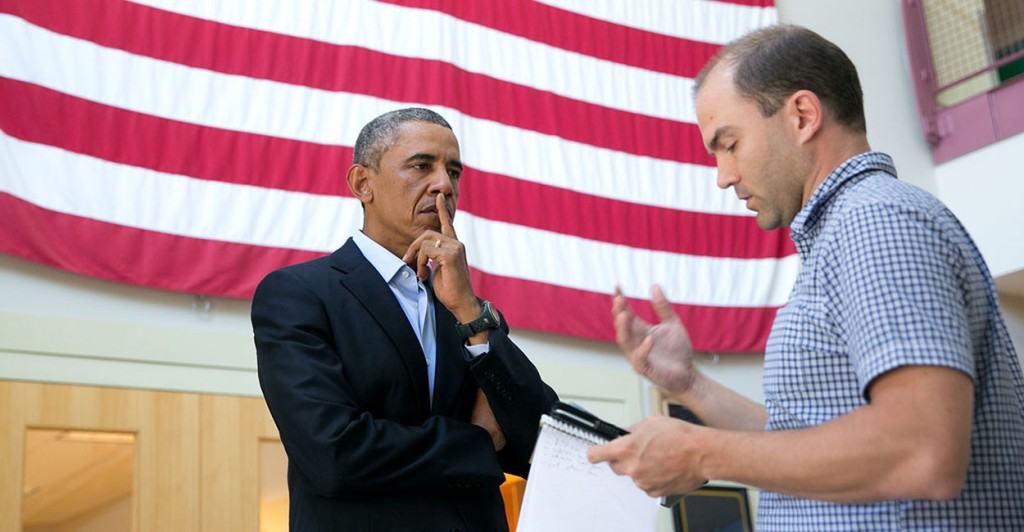
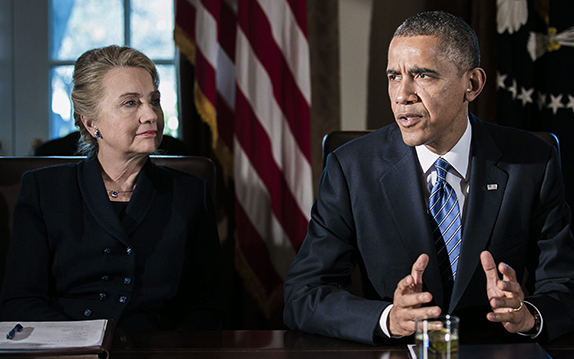
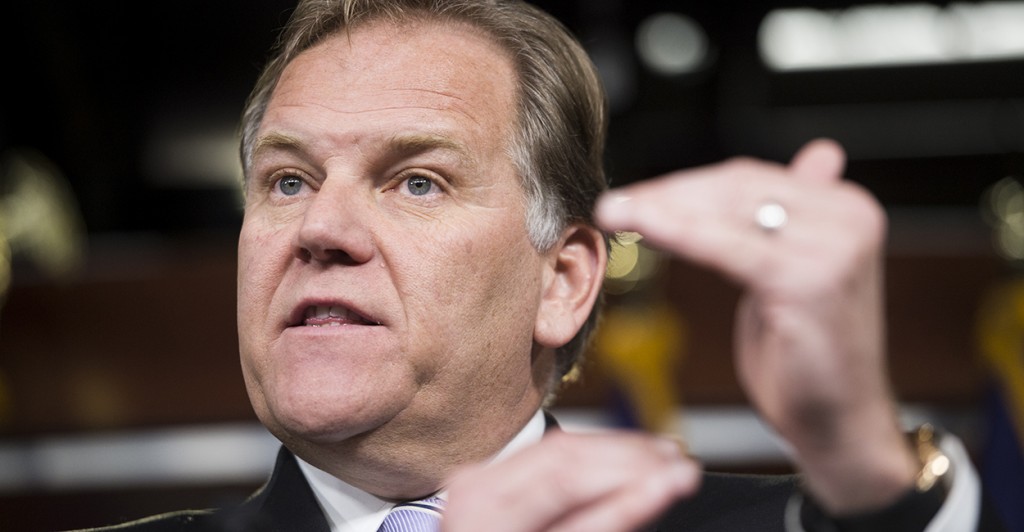
One Reply to “26 Ways the Media Botched Their Reporting on the Latest Benghazi Report”